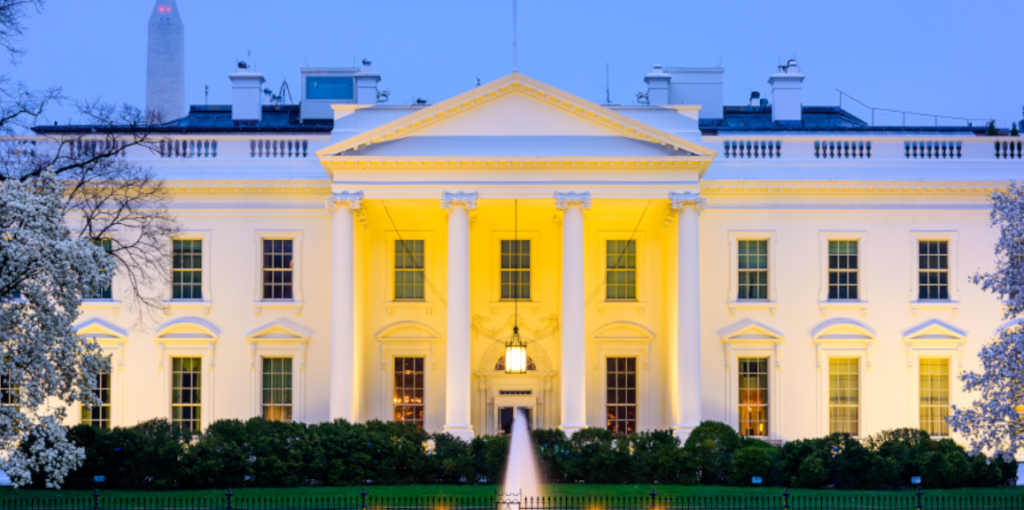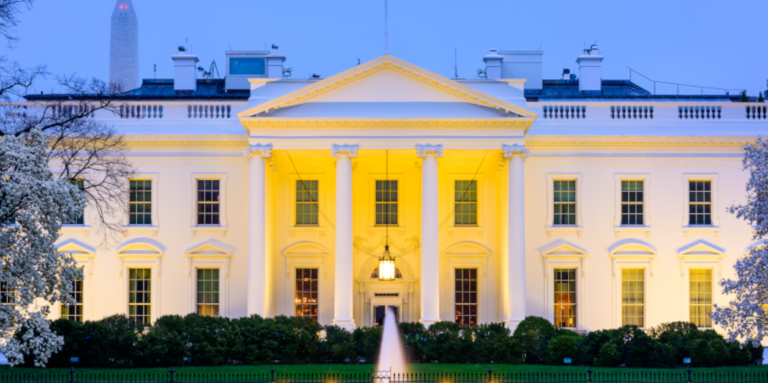Student loans were a hot topic during the 2020 presidential election. As student loan balances continue to rise — graduates have an average debt of $29,650 — ideas have been circulating among politicians about how to address the issue.
It’s also likely that it will become more and more pressing over the coming years and elections as more young adults gain the right to vote and have to deal with the crippling effects of student loan debt.
So how might President Joe Biden impact the student loan issue? Can we expect student loan forgiveness in 2021 or beyond from President Joe Biden? Here’s what you need to know.

Free eBook: How to Conquer Student Loans
Free eBook: How to Conquer Student Loans

President Joe Biden’s plan for student loans
President Joe Biden immediately made a big impact on student loans on his first day in office.
Immediately after his inauguration on January 20, 2021, President Biden issued a request to the U.S. Department of Education to further extend the CARES Act student loan benefits.
As one of his first acts as President, Biden officially continued the pause on federal student loan payments and interest until September 30, 2021.
Recently, President Biden re-extended the pause for a second time until January 31, 2022. This was said to be the final extension of the student loan freeze.
That means federal student loan payments and interest won’t resume until February 1, 2022 and a continuation of the pause should not be expected by borrowers.
Beyond providing additional payment relief to federal student loan borrowers, Biden’s main focus has been on expanding student loan forgiveness options and also making college free for many college students.
That includes the possibility of issuing an immediate $10,000 in federal student loan forgiveness to qualified borrowers.
Other alternatives include offering forgiveness on all undergraduate federal student loan debt for borrowers earning less than $125,000 per year, though it’s unclear exactly how one would qualify. Biden has also talked about reducing income-driven monthly payments to 5% of discretionary income for borrowers who earn over $25,000 and down to zero for people making under that amount.
Other ideas include making PSLF more accessible, giving eligible borrowers $10,000 per year for up to five years, and offering federal loan forgiveness after 20 years with no threat of income tax on the discharged balance.
President Joe Biden’s continued impact on student loans
It’s important to keep in mind that proposals and promises made during a presidential campaign are always accompanied by an asterisk. That is to say that the President of the United States doesn’t always have the ultimate authority to create or alter student loan policy — that process includes Congress.
As a result, Joe Biden may need to push Congress to make further changes to student loan debt beyond extending the federal loan payment freeze through January 2022.
So will we see student loan forgiveness in 2021? It’s unlikely we’ll see sweeping changes so quickly, but there are some scenarios where it could occur, even if only on a small level.
Did you know? Student loan refinance rates are at historical lows
Lowering your interest rate is the easiest way to save on student loan debt. You can also refinance to a shorter term and get out of debt faster.
Takes 2 minutes • No impact on credit
Can Joe Biden forgive student loan debt without Congress?
If forgiving $10,000 per individual of federal student debt would be such a helpful idea, why doesn’t the president make it happen? Well, that’s because it remains unclear if he has the power to do so.
Two of the most powerful members of Congress — Nancy Pelosi and Chuck Schumer — disagree on whether or not Biden has that authority. However, Congress actually has very little to do with whether or not the president can forgive student loan debt through executive action.
The president stated when asked about forgiving $50,000 of student debt that “he would not make that happen” implying that even if it is determined that he has the authority to cancel the debt, he would not do so. Instead, he has called on Congress to take action to cancel his campaign promise worth $10,000 per borrower.
Back in April the president did request that the Secretary of Education prepare a memo that would look into his ability to forgive federal student debt through executive action. The results of that memo have either not been gathered yet or not been released yet, so the official determination from the Department of Education is still an unknown.
But even if the memo comes back and clearly states that the president has the power to forgive student debt, the president might be unwilling to do so.
This is a difficult issue for Biden because his promise to forgive $10,000 in student loan debt was a big promise to his supporters. For the 45 million Americans who are burdened by student loan debt, it may have been a big reason to vote for him.
So can Biden really forgive student debt, and even if he could … would he? There isn’t a clear definitive answer quite yet.
How to save on student loans now
Whether or not we see some amount of student loan forgiveness in 2021 (or other student loan related initiatives), it’s important for student loan borrowers to take steps now to address their debt.
After all, it could still take years for legislators and President Joe Biden to agree on and implement changes to the current federal student loan system.
What’s most important is that you consider the options you can take. One of those is student loan refinancing. The process allows you to replace one or more existing student loans with a new one through a private lender.
The 2 Best Companies to Refinance Student Loans
Our Top-Rated Picks for 2024 Offer Low Rates and No Fees

The refinancing process can have several benefits, including the chance to score a lower interest rate than what you’re paying right now and payment flexibility as you can choose a shorter or longer repayment term than your current one. Currently, student loan refinancing interest rates are at historic lows.
You’ll also have the option to shop around and choose your lender based on a variety of factors and features. With the federal student loan program, you don’t get to choose your servicer unless you consolidate your loans, but that process can slightly increase your interest rate, making it more costly.
That said, if you have federal student loans, it’s important to remember that refinancing them with a private lender will cause you to lose access to current and future student loan forgiveness programs.
But for many borrowers, saving thousands in total interest and potentially cutting years off repayment makes refinancing a smart financial choice.
Refinancing student loans to save money — while waiting for forgiveness
But is there a way to refinance student loans while still taking advantage of Biden’s potential $10k forgiveness plan?
Right now, student loan interest rates are historically low, which means refinancing your loans through a private lender could save you money long term.
If $10,000 in federal student debt forgiveness won’t erase your student loans completely, the best plan of action may be to refinance any leftover federal or privately held student debt to take advantage of these lower rates.
You can use Purefy’s award-winning rate comparison tool (that’s right, NerdWallet recognized Purefy as Best Overall Student Loan Refinancing Marketplace in 2021!) to easily compare interest rates from top lenders, refinance your loans, and take full advantage of any student loan forgiveness the Biden administration may grant.
Comparing your prequalified refinance rate options only takes 2 minutes
If you’re interested in saving money, use our rate comparison engine to quickly see real-time rate offers from industry-leading lenders.
Takes 2 minutes • No impact on credit
The bottom line
Student loans have become an important issue in politics, and that likely won’t change anytime soon. While Joe Biden has many ideas on how to address the crisis, it may still take some time before student loan borrowers start seeing changes.
In the meantime, if you’re hoping to pay down your student loan debt faster and save money, consider student loan refinancing as an option. There’s no guarantee it will be the best path forward for you, but taking the time to do your due diligence can help you make the best decision for your situation.



















